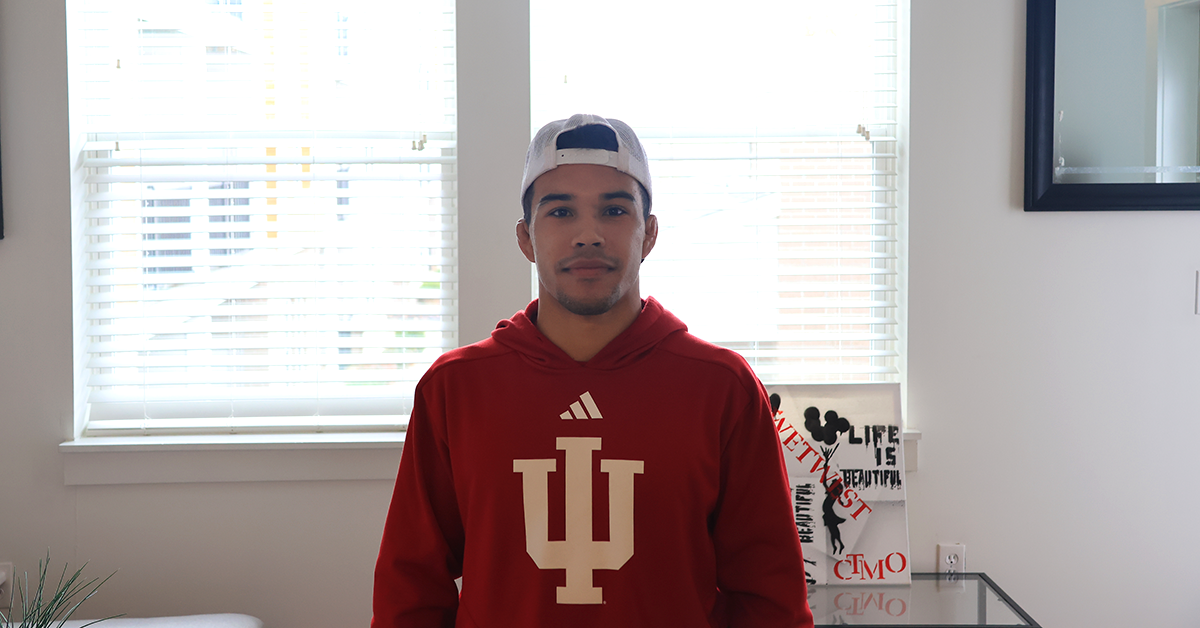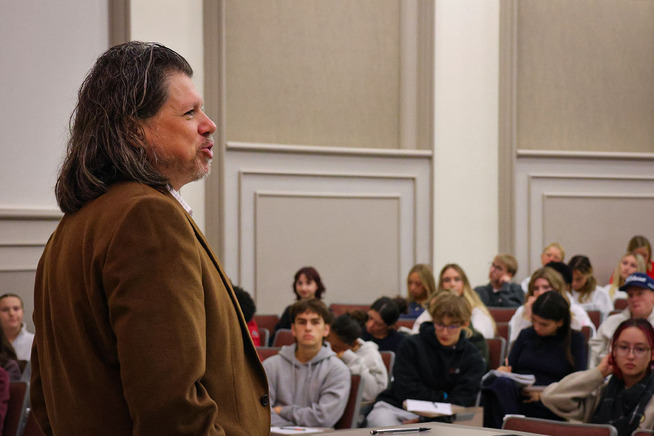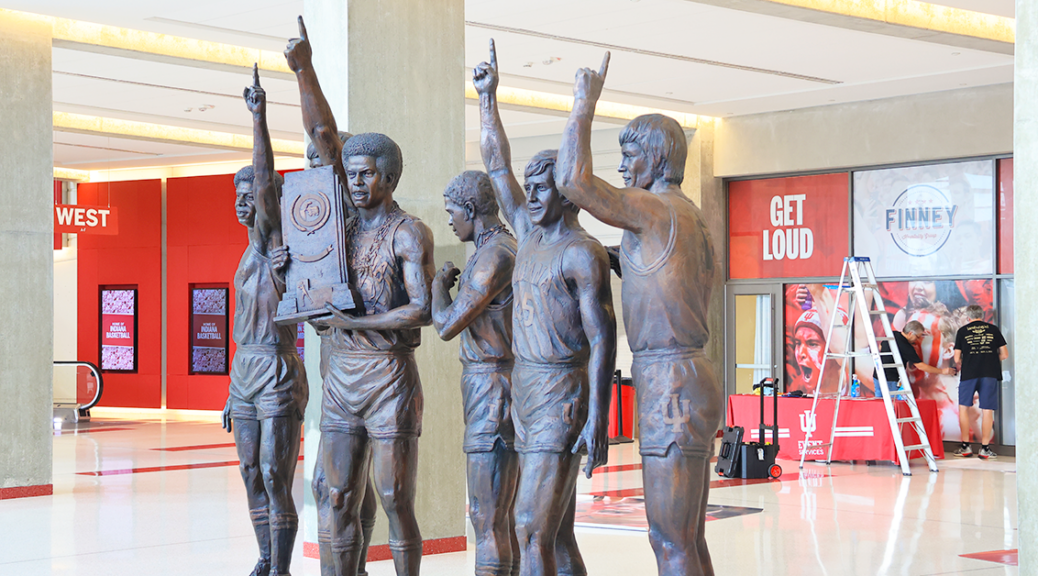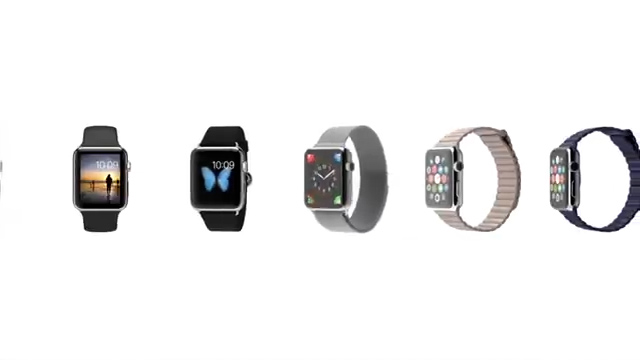Uncovering the Hidden Truth of NIL in College Recruitment.
By Gillan Cichy, Anthony Bahl, Anjelina Ponce
BLOOMINGTON, Indiana (November 4th, 2024)
In July 2021, the NCAA officially allowed college athletes to profit from their name, image, and likeness (NIL) which caused a groundbreaking shift in the way college recruiting now operates. The beloved process that once consisted of campus visits, scholarship opportunities, and the promises of championship glory has now included new steps to this process which include social media branding, partnerships with businesses that are willing to be part of a young athlete’s growing marketability, and endorsement deals. In this new world with NIL, the recruiting process is no longer just recruits having to weigh the prestige of a school’s football or basketball program instead they need to evaluate how a university will help them build their brand, and in some cases, it’s about how much money financially they would be able to make before even stepping onto the field or court. This new reality has athletes capitalizing on their fame, and it has also raised many questions about the fairness, equity, and integrity of the college sports system. NIL is continuing to reshape the recruiting landscape and the one certain thing is, that the game is being drastically changed for athletes, schools, and just the overall sport itself.
NIL has been said to be “the most important thing” in college recruiting lately. There are many opinions about NIL and whether it has negatively or positively changed the overall process of college recruiting. When asked when comes to NIL what’s the biggest pros and cons of it, Jacob Moran a 5th-year senior wrestler stated, “The biggest pro would be allowing athletes to monetize their name because it’s not easy being a college athlete but a con would be the fact that there is a lot of gray area within NIL also.”

Cam Russell a freshman wide receiver at Northwestern stated, “It depends on the recruit’s prominence. While only a small percentage of college athletes get big NIL deals, for those who do, guaranteed money is a major factor in choosing a school. For others, recruiting focuses on relationships with coaches, campus visits, lifestyle fit, and balancing academic prestige with athletic opportunities and game-day atmosphere.” According to many surveys that have been conducted on this certain topic more than 70% of student-athletes have agreed to want more education and support from their colleges on things like personal branding and managing their social media presence which goes along with also finding NIL opportunities. A positive trait of financials with NIL is the fact that players can profit from endorsements, and even sell apparel with their face and name on it even if it is with the school donors’ money, and none of this was allowed to do before the rule existed. The fact that student-athletes can receive money from school donors is vital because this is what allows schools to pay money upfront through “donor-backed” deals that give student-athletes money straight into their own pockets. There is some controversy as many believe people were “buying” recruits, or using the promises of NIL money if recruits were to commit to a certain school. In a more negative aspect, NIL interferes with recruiting because it makes college athletics a more complicated area that doesn’t allow the smaller programs to land all-star recruits due to the financial constraints of it all. Even more so Dr. Clavio specifically said “Name image and likeness in college sports has rapidly become one one of the more misunderstood in college sports over the last four years.”

The financial aspect of NIL money in ways has improved college sports, but it has also decreased loyalty to schools and parity in college sports. An article by Harris Pemberton and Miles Sterlitz stated, “Larger Financial powerhouses such as Texas, Georgia, Oklahoma, and Texas A&M have greatly benefited from NIL. However many smaller colleges have fallen, as recruits would rather go to a powerhouse to earn more money than play for their hometown team. If these smaller teams are lucky enough to land a very good player, they often leave to these massive schools as they look to earn more NIL deals.” So as it was just said NIL has affected even the programs of the college recruiting process and is making it harder for the smaller teams of the whole ordeal. Certain schools have the financials to give a specific amount of money to recruits which can cause the athlete not to fully evaluate the actual fit of the school and it is what has increased the percentages of flips and transfers in the past few years. Russell believes, “Those athletes are high profile enough to have the financial opportunities where those pros outweigh prioritizing their development, they probably don’t have a lot of development to do to play at a high level, or at least in their mind they don’t. I do think in a lot of cases, though, many young athletes may be more focused on the shiny toy that’s put right in front of them as opposed to the long-term opportunities that a program or school can offer them. And that’s honestly just where parents are involved with the recruiting process and hopefully working to guide their child in the right direction.” Dr. Clavio had his own opinion about this and stated, “A lot of those smaller schools have to make a decision on how much is the marketing boost and the alumni relations boost of having a good Athletics program– how much does that do for you and is it worth it– is it worth the squeeze” In so many words he is saying that the smaller schools need to decide rather they follow the lead of bigger colleges and put more money into the recruiting aspect. The larger programs in college sports are going to continue to grow stronger yet the smaller schools are going to continue to struggle to compete in this now-advanced recruiting process.

Introducing NIL has without a doubt transformed the college recruiting process in ways that could never be imagined. NIL has now created a new set of opportunities and challenges. The stakes have been taken to a higher level and recruiting isn’t just about securing the best talent instead it is about the resources and connections needed to manage an athlete’s marketability. Regardless, NIL has leveled the playing field in multiple ways and has advanced the mindset of a student-athlete. It has also raised questions about the direction of college athletics whether or not schools can maintain this competitive aspect but also if it will impact the long-term integrity of the games. NIL is evolving the recruitment process but negatively or positively is up to you to decide.
On Friday, October 18th, interviewers shared their perspectives on how NIL is reshaping college recruitment through the NCAA. They discuss its impact on athlete choices and program structure.
###






